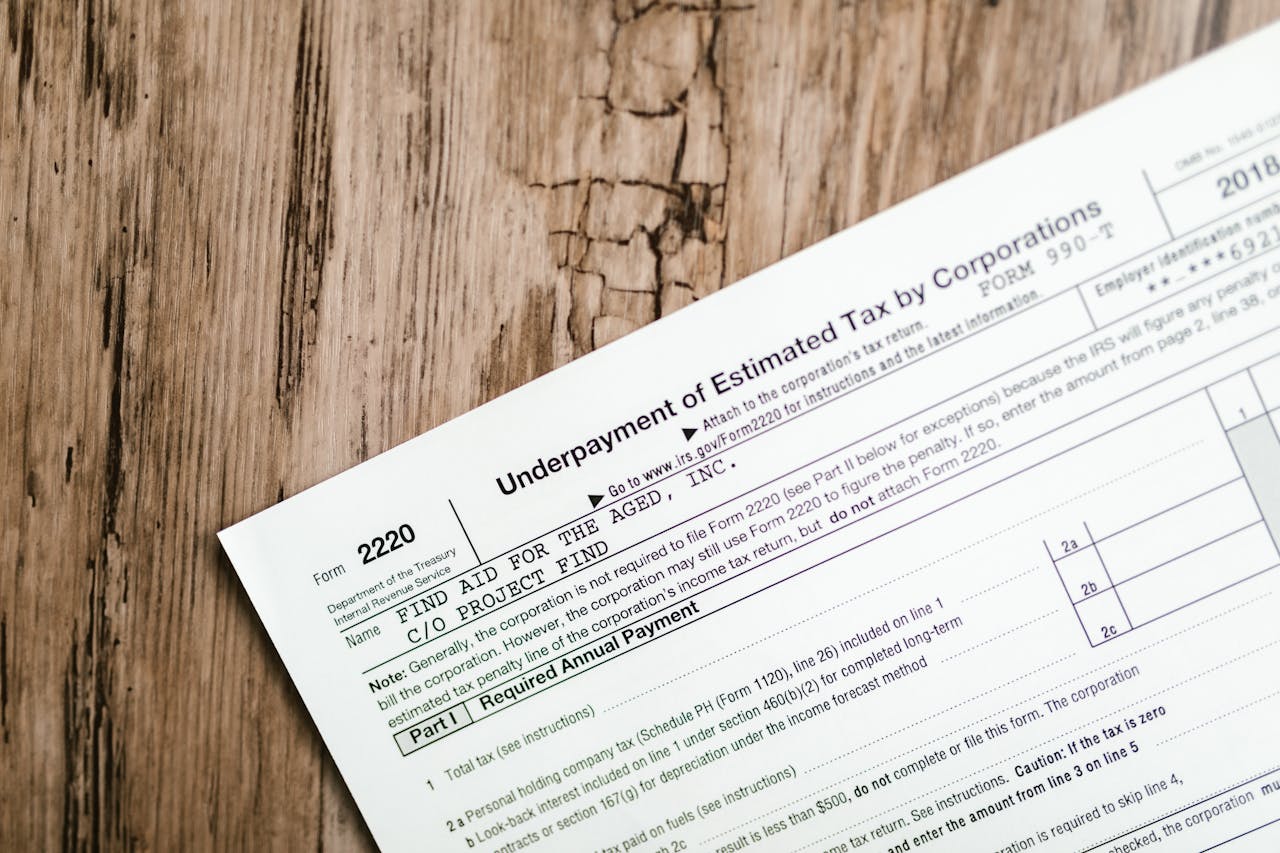The Death of Itemizing and Who Gets the Standard Deduction
In recent years, the landscape of tax deductions has shifted dramatically, leading many taxpayers to rely on the standard deduction rather than itemizing their expenses. This post will explore what the standard deduction is, the reasons behind its increased appeal, and which individuals might still benefit from itemizing their deductions.
What is the Standard Deduction?
The standard deduction is a fixed dollar amount that taxpayers can subtract from their income before income tax is applied. It simplifies the filing process, as it eliminates the need to keep track of specific expenses and receipts throughout the year. For the tax year 2024, the standard deduction amounts are as follows:
$14,600 for single filers
$29,200 for married couples filing jointly
$21,900 for heads of household
This substantial deduction allows many taxpayers to reduce their taxable income significantly without having to itemize their deductions.
Why the Shift Away from Itemizing?
The Tax Cuts and Jobs Act (TCJA) of 2017 raised the standard deduction and eliminated or capped many itemizable deductions. For example, the deduction for state and local taxes was capped at $10,000, and mortgage interest deductions were limited for new loans above a certain threshold. As a result, many taxpayers found that the standard deduction provided a larger benefit than itemizing, leading to a significant decrease in the number of individuals who choose to itemize their deductions.
Who Might Still Qualify for Itemizing?
While the standard deduction has become the go-to option for most taxpayers, certain groups of people may still benefit from itemizing their deductions:
1. The most common identifier of if you can itemize is a high income. High-income earners may pay more in state and local taxes, have multiple properties, or incur considerable medical expenses that exceed the threshold for itemizing.
2. Taxpayers who own multiple properties or have taken out substantial mortgages may find that their mortgage interest payments exceed the standard deduction. This is especially true in high-cost areas where property taxes can also be significant.
3. Taxpayers whose unreimbursed medical expenses exceed 7.5% of their adjusted gross income (AGI) may find itemizing beneficial. For instance, if someone has high medical bills related to chronic conditions or necessary treatments, these costs can add up and potentially warrant itemizing.
What Can You Itemize?
Mortgage Interest: Interest paid on loans for primary and secondary homes can be deducted, subject to limits based on the loan amount and date of origination.
State and Local Taxes: Taxpayers can itemize state and local income taxes, sales taxes, property taxes, and some other local taxes, but only up to the $10,000 cap.
Medical and Dental Expenses: As mentioned earlier, only those exceeding 7.5% of your AGI can be deducted.
Charitable Contributions: Donations to qualifying charitable organizations can be fully itemized. However, there are specific rules regarding documentation and limits based on your AGI. For example, cash contributions are usually deductible up to 60% of your AGI, while donations of property may have different limitations.
Tax Preparation Fees are also deductible if you itemize
What to look for:
The standard deduction has rendered itemizing less common for many taxpayers However, high-income earners, homeowners with multiple mortgages, and those with significant medical expenses still have the opportunity to benefit from itemizing. If you have questions please schedule a free consultation with us at tactics.tax.

